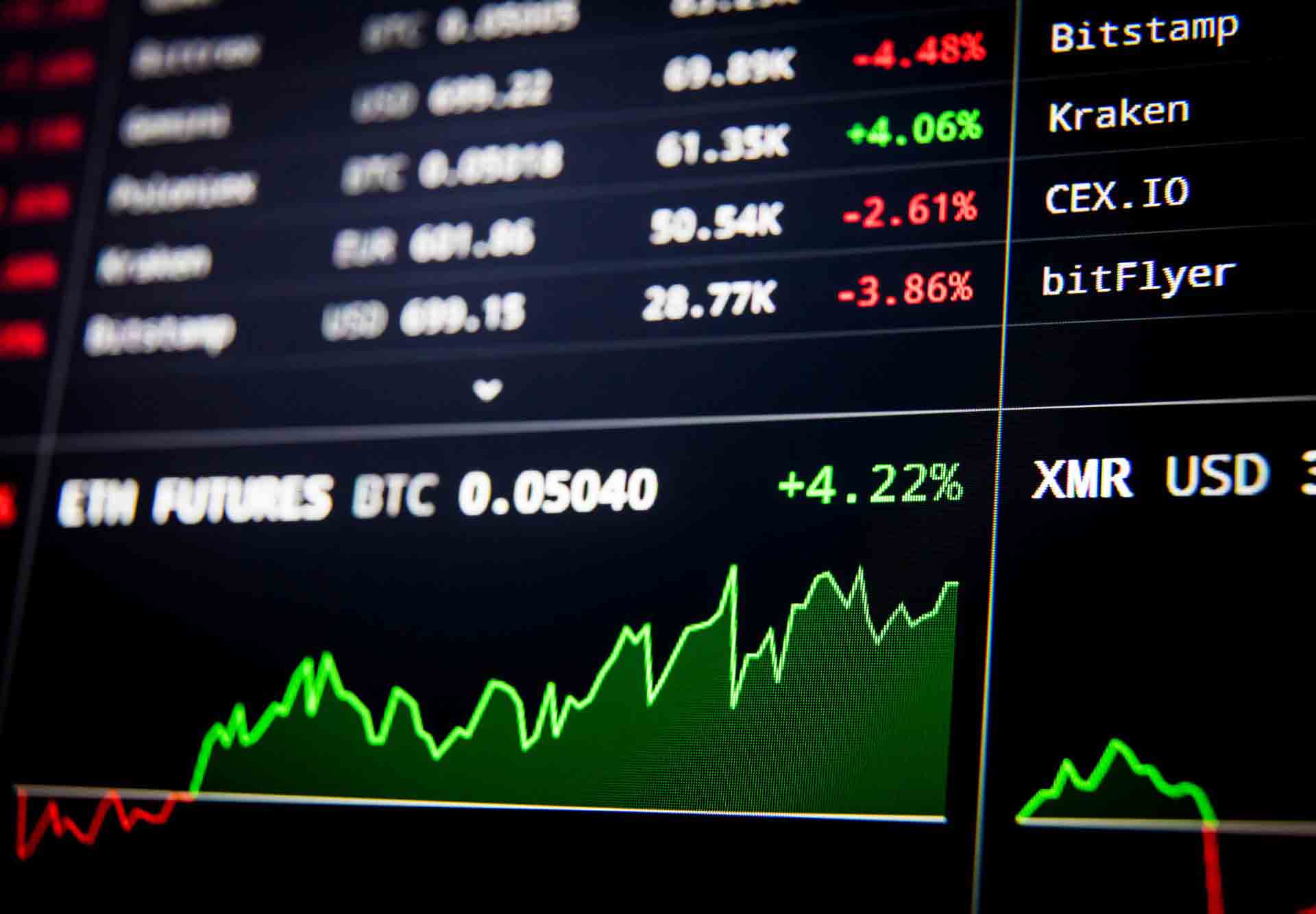Cryptocurrency trading has gained immense popularity in recent years, attracting both seasoned investors and newcomers to the digital asset space. However, with the multitude of cryptocurrencies available and their inherent volatility, it is essential to have reliable tools and indicators to assess the risk associated with trading these assets. In this blog post, we introduce the concept of the Crypto Risk Index, a comprehensive technical index designed to evaluate the risk levels of different cryptocurrencies and aid traders in making informed decisions.
Understanding the Crypto Risk Index:
The Crypto Risk Index (CRI) is a technical indicator that quantifies the risk associated with trading a specific cryptocurrency. It takes into account various factors such as price volatility, trading volume, liquidity, market sentiment, and fundamental analysis to generate a numerical value that represents the risk level of a particular digital asset. The CRI provides traders with a standardized metric to compare the risk profiles of different cryptocurrencies and make data-driven trading decisions.
Components of the Crypto Risk Index:
1. Price Volatility:
Price volatility is a critical factor in assessing the risk of a cryptocurrency. High levels of volatility can lead to significant price fluctuations, presenting both opportunities and challenges for traders. The CRI considers historical price data and calculates metrics such as standard deviation, true average range, and price volatility indexes to gauge the volatility of a cryptocurrency. By analyzing price volatility, traders can assess the potential for large price swings and adjust their risk management strategies accordingly.
2. Trading Volume and Liquidity:
Trading volume and liquidity play a crucial role in determining the risk associated with a cryptocurrency. Higher trading volumes indicate greater market interest and liquidity, which can lead to smoother and more efficient trading. The CRI incorporates trading volume data, order book depth, and liquidity metrics to assess the liquidity risk of a cryptocurrency. Low liquidity can result in slippage, making executing trades at desired prices challenging. Therefore, evaluating liquidity risk helps traders understand the ease of entering and exiting positions.
3. Market Sentiment:
Market sentiment reflects traders’ and investors’ overall mood and perception towards a particular cryptocurrency. Positive sentiment can drive prices higher, while negative sentiment can lead to sell-offs and price declines. The CRI analyzes sentiment indicators such as social media sentiment, news sentiment, and sentiment analysis tools to evaluate the market sentiment risk of a cryptocurrency. By considering market sentiment, traders can gauge the general market perception of a cryptocurrency and its potential impact on price movements.
4. Fundamental Analysis:
Fundamental analysis involves assessing the underlying factors that impact the value and prospects of a cryptocurrency. Factors such as the project’s team, technology, adoption, partnerships, and regulatory environment can influence its long-term viability. The CRI incorporates fundamental analysis indicators, including project evaluations, whitepaper analysis, and regulatory assessments, to evaluate the fundamental risk of a cryptocurrency. By considering fundamental factors, traders can gain insights into the cryptocurrency’s potential for growth and stability.
5. Technical Analysis:
Technical analysis involves studying historical price and volume patterns to forecast future price movements. The CRI integrates various technical analysis indicators such as moving averages, trend lines, support and resistance levels, and oscillators to assess the technical risk of a cryptocurrency. Technical analysis helps traders identify potential entry and exit points, trend reversals, and market trends, aiding them in making informed trading decisions.
Calculating the Crypto Risk Index:
The Crypto Risk Index is calculated by assigning weights to each component based on its relative importance and combining the individual scores to generate an overall risk score. The weighting scheme can be subjective and may vary depending on individual traders’ preferences and trading strategies. Advanced models and algorithms can be employed to automate the calculation process and provide real-time risk assessments.
Utilizing the Crypto Risk Index in Trading:
The Crypto Risk Index can be a valuable tool for traders in several ways:
1. Risk Comparison:
The CRI allows traders to compare the risk levels of different cryptocurrencies. By examining the risk scores, traders can identify high-risk and low-risk assets, helping them make informed decisions about portfolio allocation and risk management. Understanding the risk levels of cryptocurrencies allows traders to balance their portfolios according to their risk tolerance and investment objectives.
2. Trade Entry and Exit Points:
CRI can assist traders in identifying optimal entry and exit points for their trades. By considering the risk level of a cryptocurrency, traders can determine the appropriate risk-reward ratio and adjust their trading strategies accordingly. The CRI can provide insights into potential price volatility, liquidity conditions, and market sentiment, helping traders time their trades more effectively.
3. Portfolio Diversification:
Diversification is a fundamental principle of risk management. The CRI enables traders to diversify their portfolios by selecting cryptocurrencies with varying risk levels. A well-diversified portfolio can mitigate the impact of individual asset volatility and provide more stable returns. By incorporating the CRI into portfolio management, traders can optimize risk-adjusted returns and reduce overall portfolio risk.
4. Risk Management:
The CRI helps traders in managing their overall risk exposure. By monitoring the risk scores of their cryptocurrency holdings, traders can take proactive measures to rebalance their portfolios, set stop-loss levels, or adjust their trading positions to align with their risk tolerance. The CRI serves as a valuable risk management tool, allowing traders to identify and mitigate potential risks associated with their cryptocurrency investments.
Conclusion:
As the cryptocurrency market continues to evolve, having a reliable and comprehensive risk assessment tool like the Crypto Risk Index becomes increasingly crucial for traders. By considering factors such as price volatility, trading volume, liquidity, market sentiment, and fundamental analysis, the CRI provides traders with a standardized metric to evaluate and compare the risk profiles of different cryptocurrencies. Incorporating the CRI into trading strategies can enhance risk management, improve decision-making, and contribute to overall trading success in the dynamic and rapidly changing crypto market. By utilizing the Crypto Risk Index, traders can confidently navigate the cryptocurrency landscape, making informed trading decisions and minimizing potential risks.

